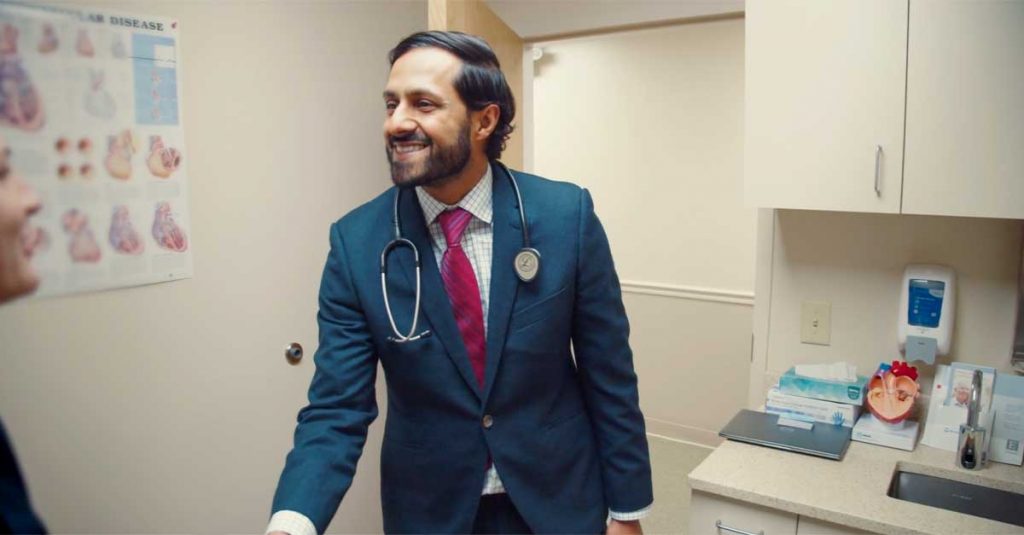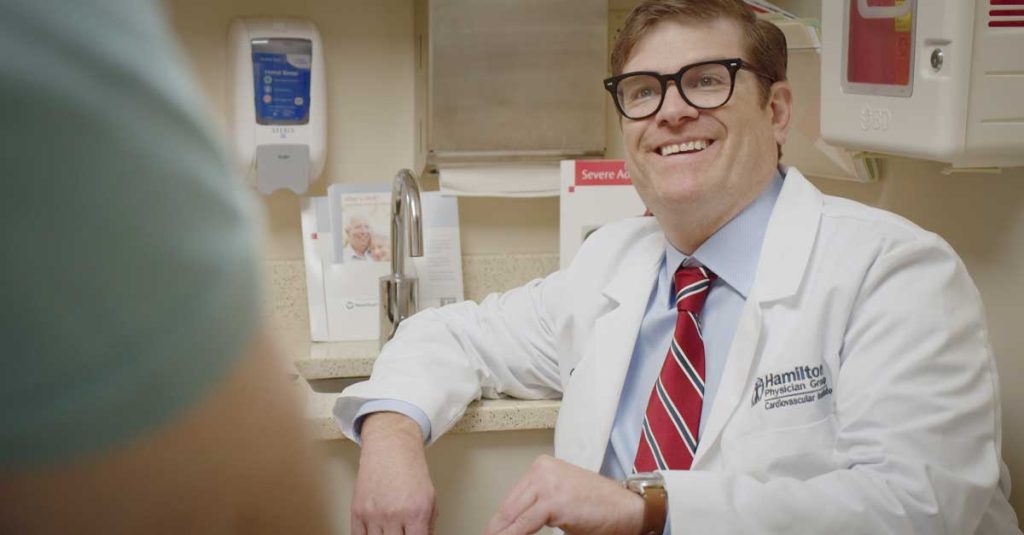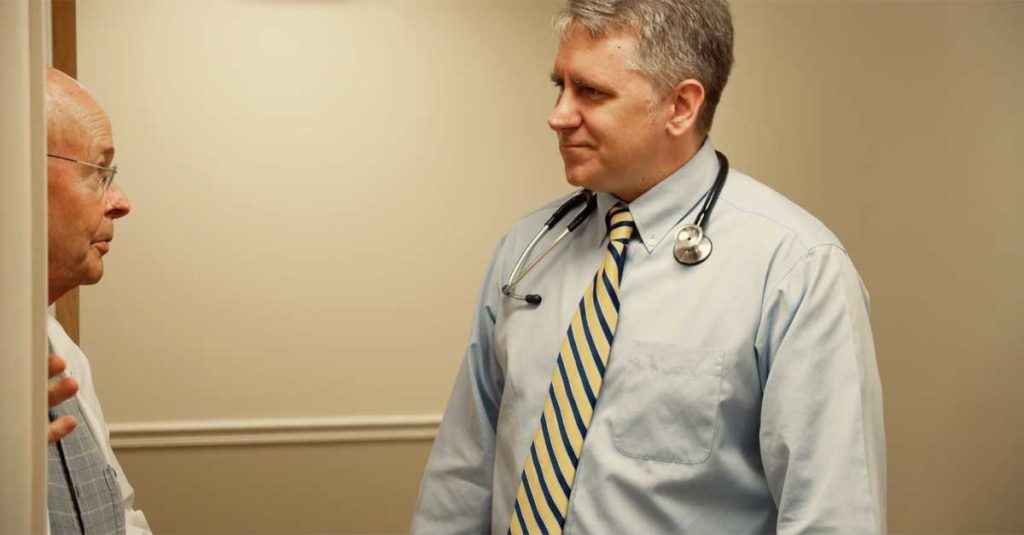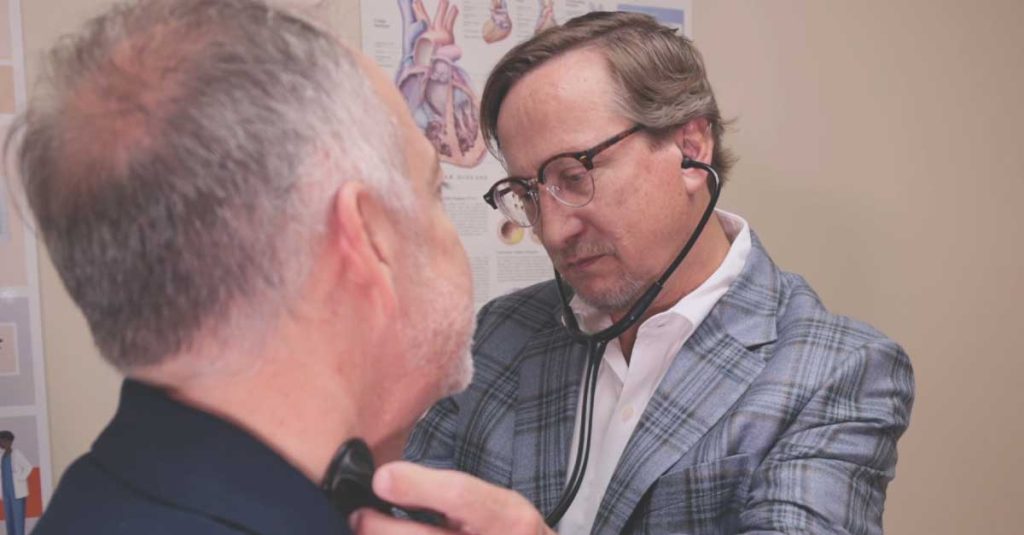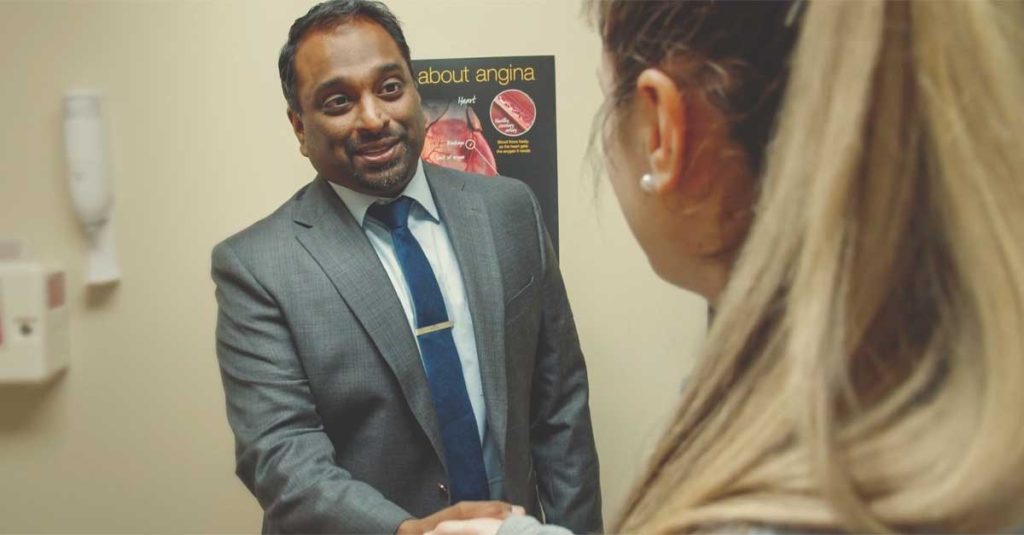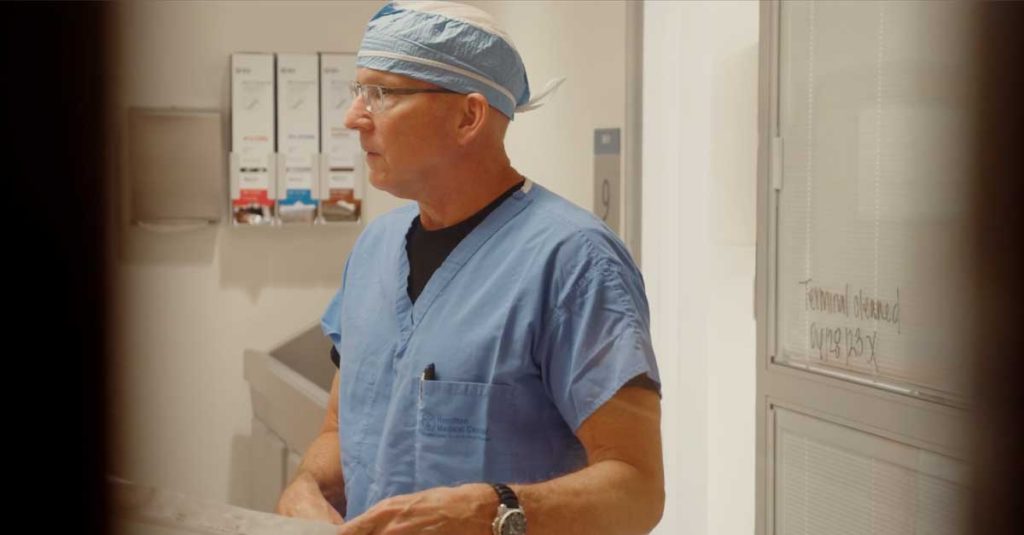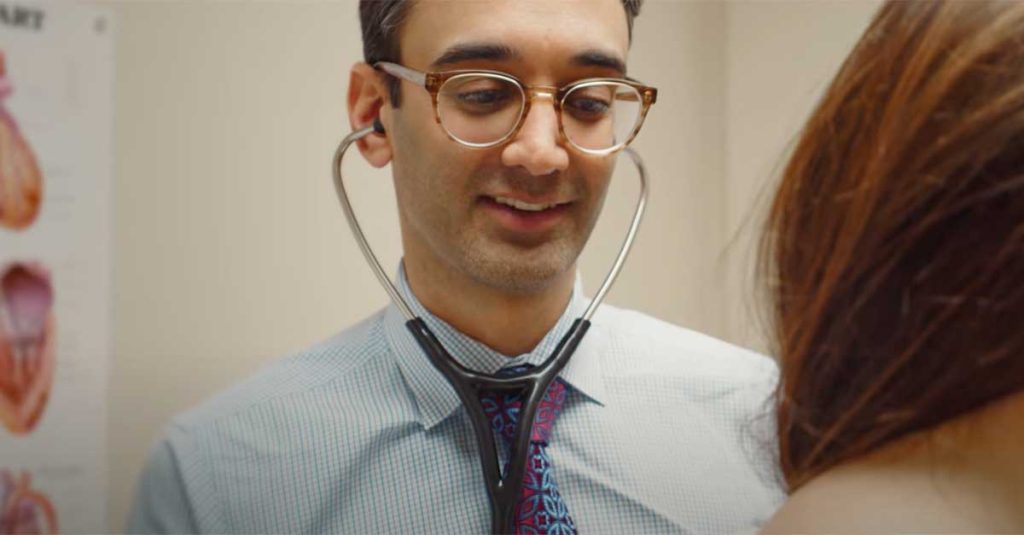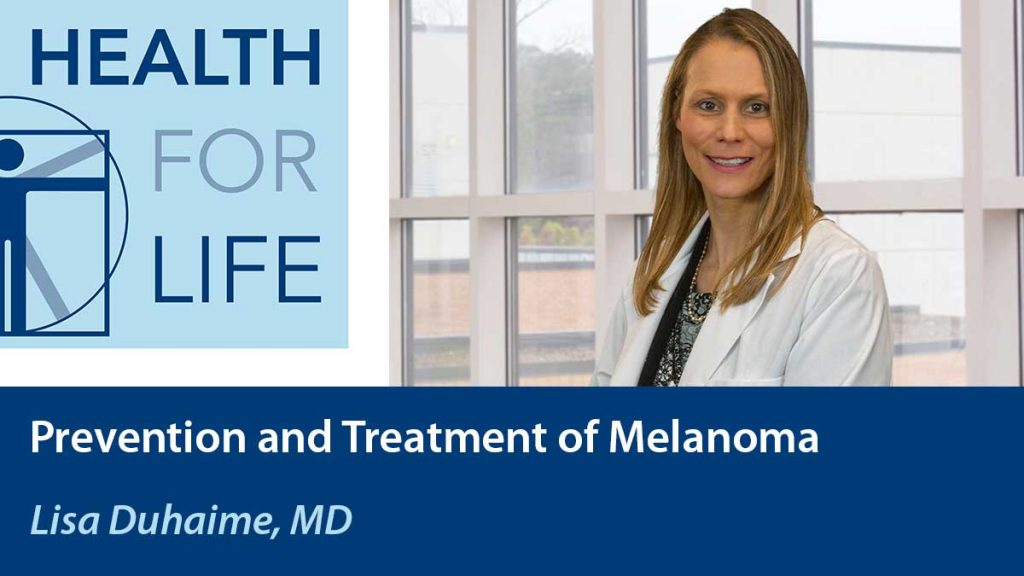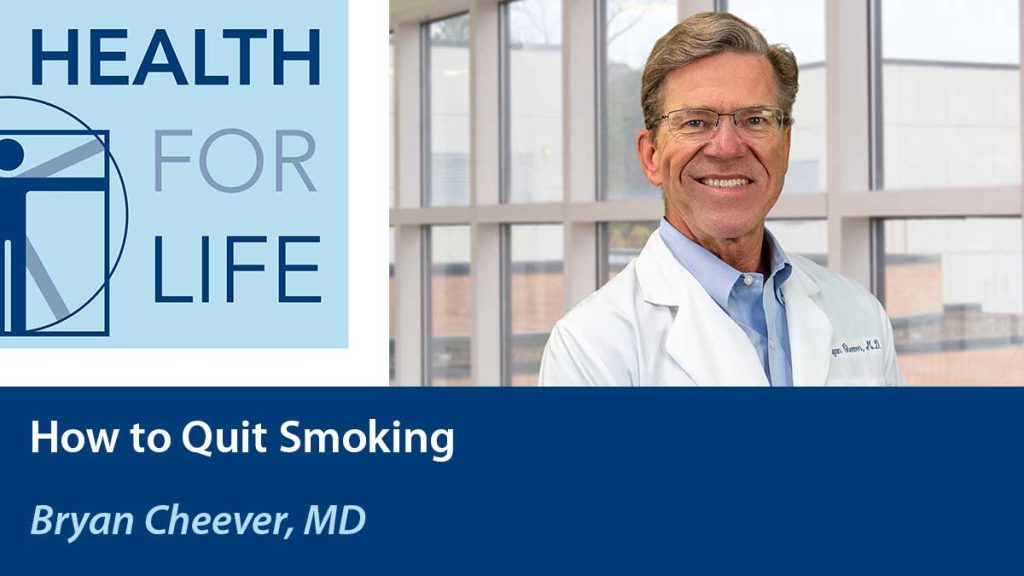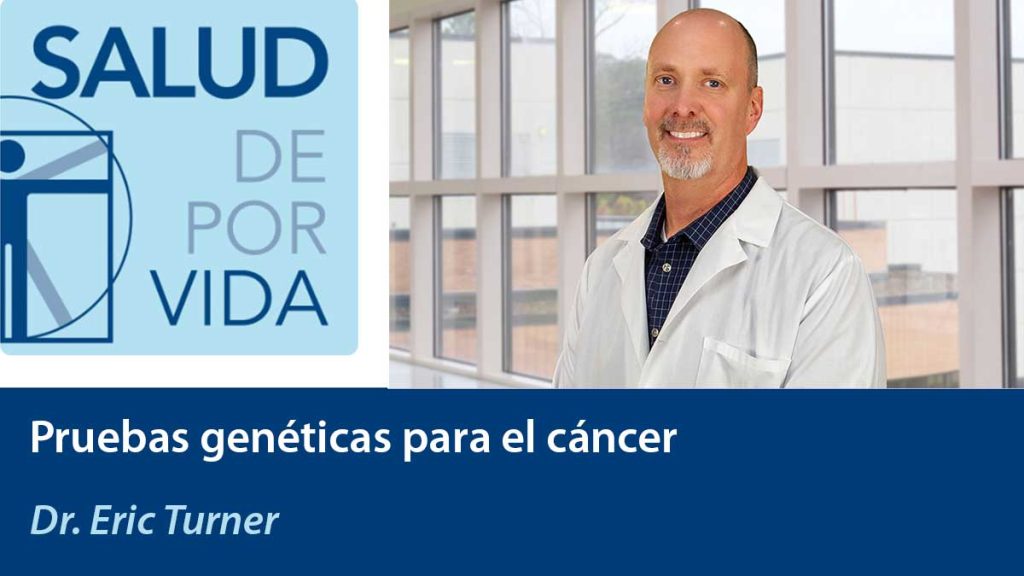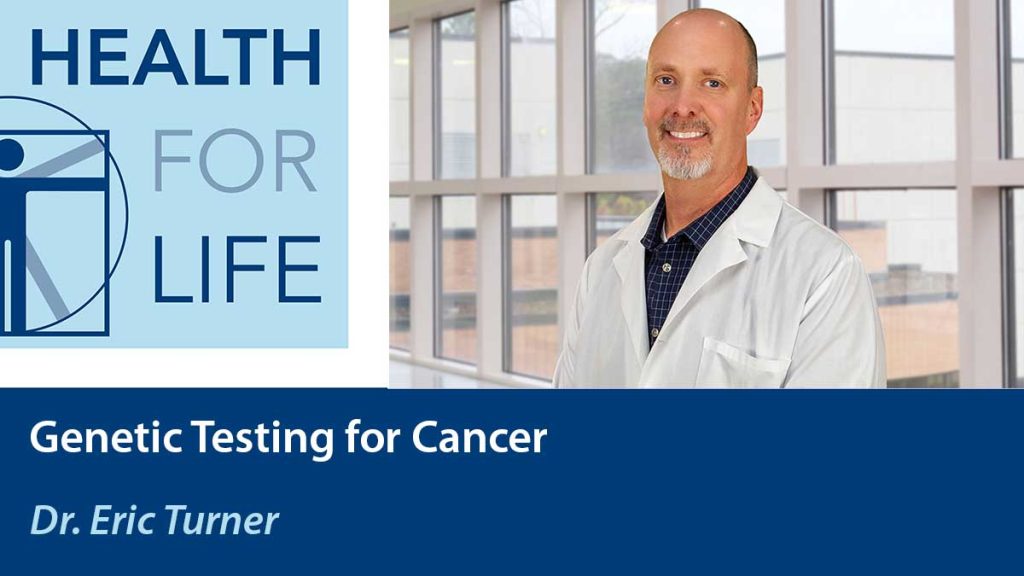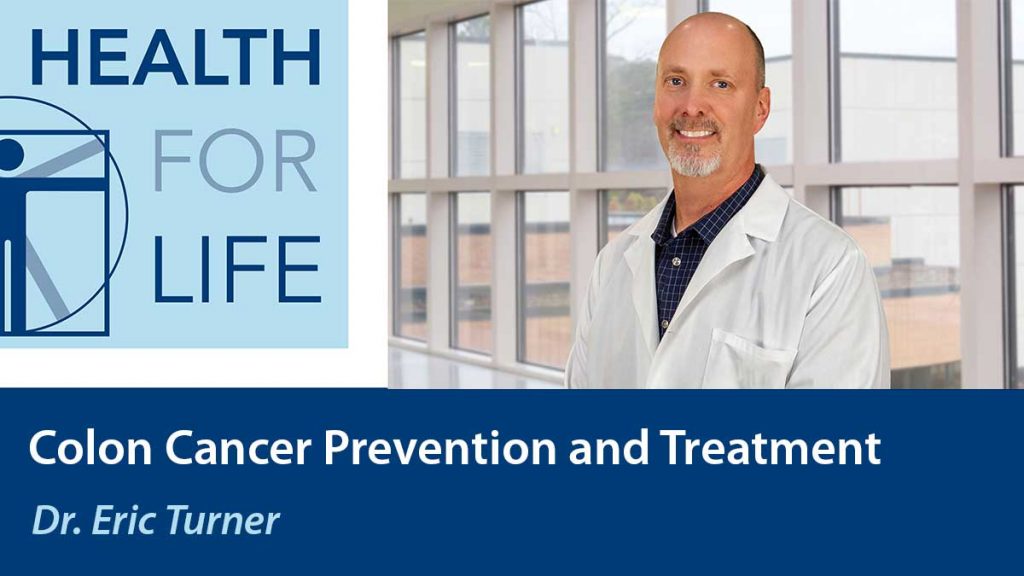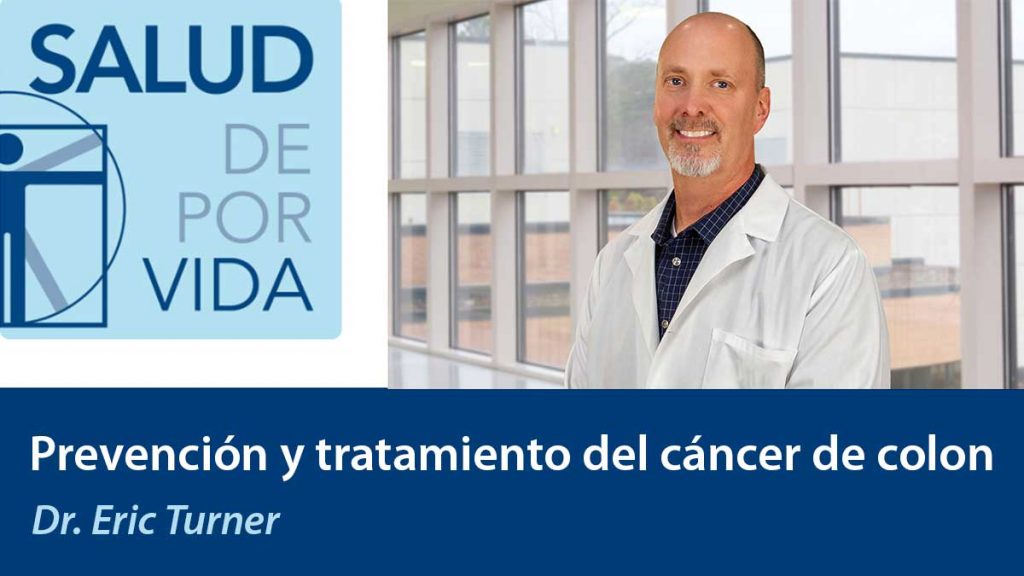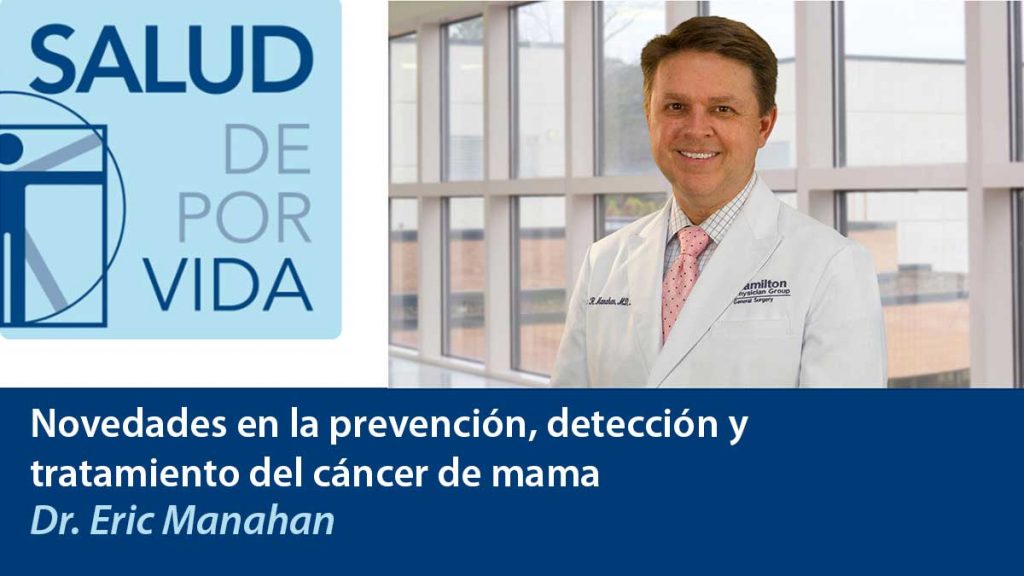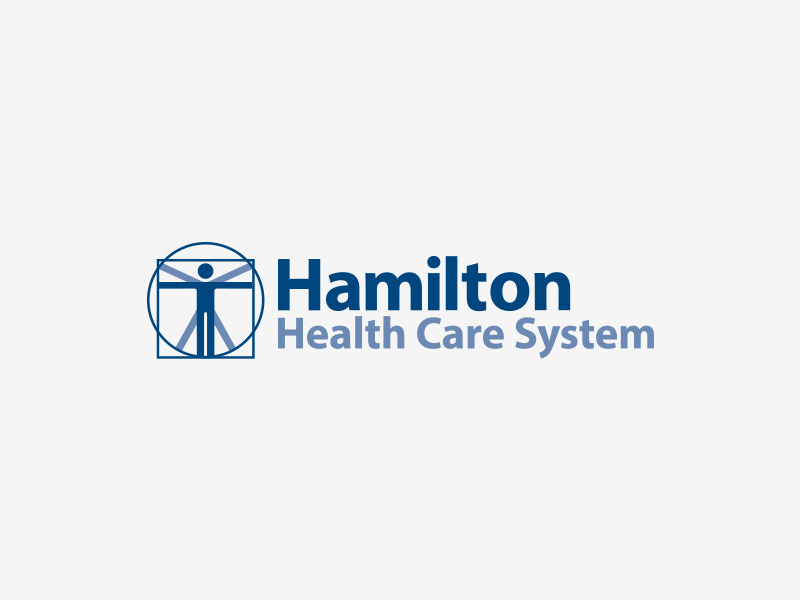Hamilton Medical Center Expanding With Cardiovascular Pavilion
Hamilton Medical Center, a not-for-profit hospital and flagship of Hamilton Health Care System, announced plans today for a record-setting facility expansion, approximately 175,000 square feet, to serve the growing cardiovascular needs of the region.
The Robert E. Shaw family has provided a gift of support for the cardiovascular pavilion, which will house cardiovascular surgery and an array of cardiovascular specialty services, such as electrophysiology, interventional cardiology, and structural cardiology.
Patel Joins Hamilton Physician Group
Hamilton Health Care System welcomes board-certified interventional and structural cardiologist, Ateet Patel, MBA, MD, FACC, to Hamilton Physician Group-Cardiology and Hamilton Cardiovascular Institute-Catoosa as the Chief of Cardiology at Hamilton Medical Center.
Simeone Joins Hamilton Physician Group
Hamilton Health Care System welcomes board-certified cardiothoracic surgeon, Alan Simeone, MD, FACS, to Hamilton Medical Center and Hamilton Physician Group-Cardiology in Dalton, Georgia, and Hamilton Cardiovascular Institute-Catoosa in Ringgold, Georgia.
When it comes to heart care, every second matters. In the event that you or a loved one experiences the symptoms of a heart attack, Hamilton Medical Center’s team of experts is close to home and ready to care for you and your family 24/7.
Cardiology Video Library
In an emergency, often, the first medical assistance you will receive is from a Hamilton Emergency Medical Services (EMS) paramedic or emergency medical technician (EMT). Rest assured, Hamilton’s EMS is designated by the State of Georgia as an Advanced Cardiac Life Support service. As an extension of Hamilton Medical Center, HEMS paramedics make it their goal to identify if a person is experiencing a heart attack as quickly as possible. They work closely with the nurses and physicians at Hamilton Medical Center so that immediate treatments are ordered and preparations are made in anticipation of the patient’s arrival.
Hamilton is accredited by the American College of Cardiology Accreditation Services as a Cycle VII Chest Pain Center with percutaneous coronary intervention (PCI). Hamilton’s Chest Pain Center (located inside the Emergency Department) is where heart attack symptoms are quickly diagnosed, observed and treated.
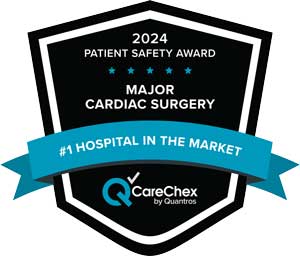

The leaders in open heart surgery are here.
After 100 years of excellence in healthcare, Hamilton Medical Center is continuing its legacy through its premier heart care team, which includes:
- Medical College of Georgia-educated, board-certified anesthesiologist John Hill, MD
- Yale School of Medicine-fellowship trained, board-certified interventional and structural cardiologist, Y. Grant Kim, MD
• Baylor College of Medicine-educated, board-certified anesthesiologist Nathan Schatzman, MD
• Cleveland Clinic-trained perfusionist who has served as the chief perfusionist for multiple health systems, David Middleton, CCP
• A comprehensive heart team skilled in cardiovascular surgical procedures
Hamilton Medical Center’s premier cardiovascular team and nationally accredited Chest Pain Center
are just a heartbeat away.
Cardiac Care Services at Hamilton Medical Center
Hamilton Medical Center provides the following cardiac services:
- Patent Foramen Ovale (PFO) Closure: A PFO closure device is moved through the vein to the heart, and specifically to the location of the heart wall defect. Once in the correct location, the PFO closure device is formed so that it straddles each side of the hole.
- Chronic Total Occlusions (CTO): Chronic total occlusion (CTO) is a complete or nearly complete blockage of one or more coronary arteries. The blockage, typically present for at least three months, is caused by a buildup of plaque within a coronary artery. When this happens, blood flow to the heart is compromised.
- Atherectomy: A procedure to remove plaque (atheroma) from the inside of a blood vessel. Atherectomy is done most often in major arteries, such as the coronary, carotid, and vertebral arteries, that have experienced the occlusive effects of atherosclerosis. Atherectomy may be accomplished by various means, including angioplasty, laser surgery, conventional surgical incision, or use of a small drill-tipped catheter. In the US, atherectomy is nicknamed the ‘Rotorooter’ procedure, after a company that cleans out drainage pipes.
- “Shockwave”: Transformative Technology Now Available for Calcified Coronary Plaque. … Intravascular Lithotripsy uses sonic pressure waves, also known as shockwaves, that pass through soft arterial tissue and preferentially disrupt calcified plaque by creating a series of micro-fractures.
- Complex PCI: The term complex PCI is a descriptor applied to patients presenting with complex, ana- tomic coronary lesions. These lesions may have a variety of defining characteristics such as severe calcification, exten- sive thrombotic burden, extreme tortuosity or length, or might be chronically, totally occluded.
- CABG Surgery: Coronary artery bypass graft surgery (CABG) is a procedure used to treat coronary artery disease. Coronary artery disease (CAD) is the narrowing of the coronary arteries – the blood vessels that supply oxygen and nutrients to the heart muscle.
- Valve Surgery: Heart valve surgery and procedures are performed to repair or replace a valve in the heart that is not working properly because of valvular heart disease (also called heart valve disease).
- Complex Aortic Surgery: Complex aortic procedures treat patients with aneurysms that need replacement of the aorta from the aortic valve down to the aortic bifurcation (where the aorta separates into two).
- Heart Catheterization: To determine if there are any blockages in a patient’s heart, Hamilton’s cardiologists perform a diagnostic heart catheterization, also called coronary angiography. This test is performed by inserting a special type of dye through a catheter into the heart. Through the use of this dye and a certain type of X-ray device in the catheterization lab, cardiologists are able to determine if and exactly where there are blockages in the heart.
- Radial Artery Catheterization: Heart catheterizations can also be performed through the wrist, allowing for faster recovery times. Patients who undergo these radial catheterizations are able to sit up, walk, and eat immediately after the procedure.
- Angioplasty: To increase blood flow to the heart, Hamilton’s interventional cardiologists insert a specially designed catheter with a small balloon tip. Once it is in place, the balloon is inflated to stretch the artery open.
- Stenting: To provide support and maintain blood flow to the heart, Hamilton’s interventional cardiologists insert a small mesh tube called a stent into the coronary artery.
- Pacemaker implantation: To help the heart maintain a regular rhythm, a pacemaker can be implanted.
- Cardiac Defibrillator Implantation(ICD): To control the heart’s rhythm, speed, and pattern, as well as stop a dangerous arrhythmia (a problem with the rate or rhythm of the heartbeat), a cardiac defibrillator can be implanted.
- Ablation: Arrhythmias can be cured through ablation, a procedure that is performed by a specially trained electrophysiologist.
- Cardiac CT testing: Problems with the heart can often be detected by using an X-ray machine to take clear, detailed pictures of the heart.
- Genetic testing: In order to determine which type of medication will work best for a specific cardiac patient, Hamilton’s laboratory technicians can perform genetic testing. This can help cardiologists personalize medical care based on a patient’s genetic makeup.
Hamilton offers a cardiac rehabilitation program that is often prescribed for recovering cardiac patients. This individually designed, medically supervised exercise program is designed to help patients with heart disease recover faster, help prevent other heart problems, and improve their quality of life.
Hamilton Health Uses WATCHMAN Implant to Reduce Stroke Risk
The WATCHMAN Implant is a safe, minimally invasive, one-time implant that reduces your stroke risk without the need for lifelong blood thinners. It has a high 99% success rate and a low 0.5% rate of major complications. As with any medical procedure, there are risks associated with the WATCHMAN Implant.

